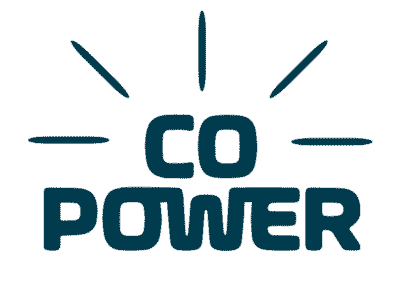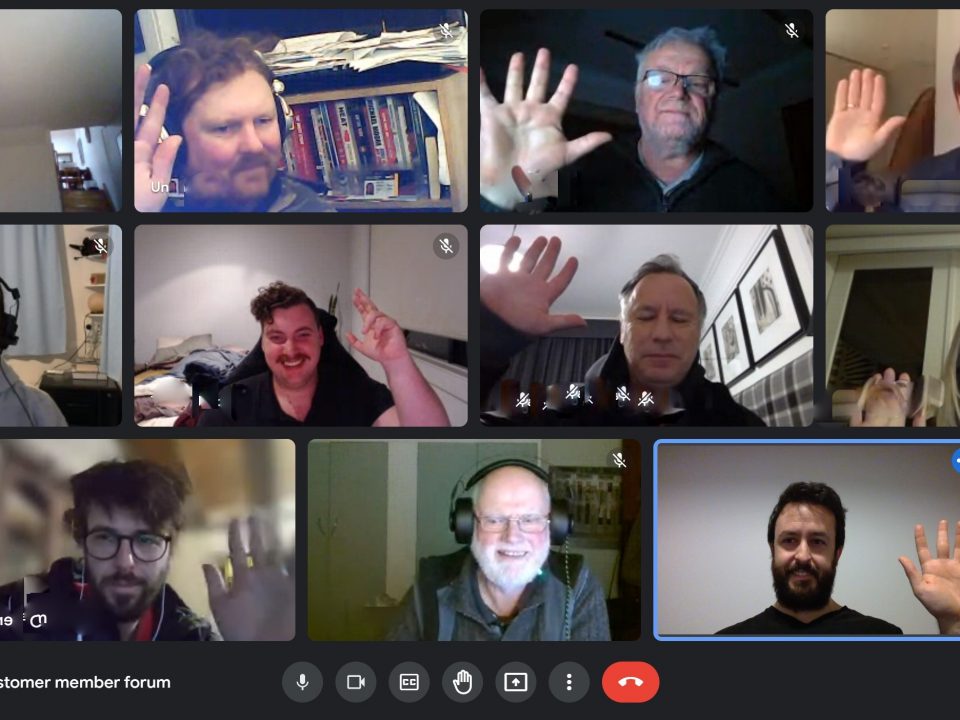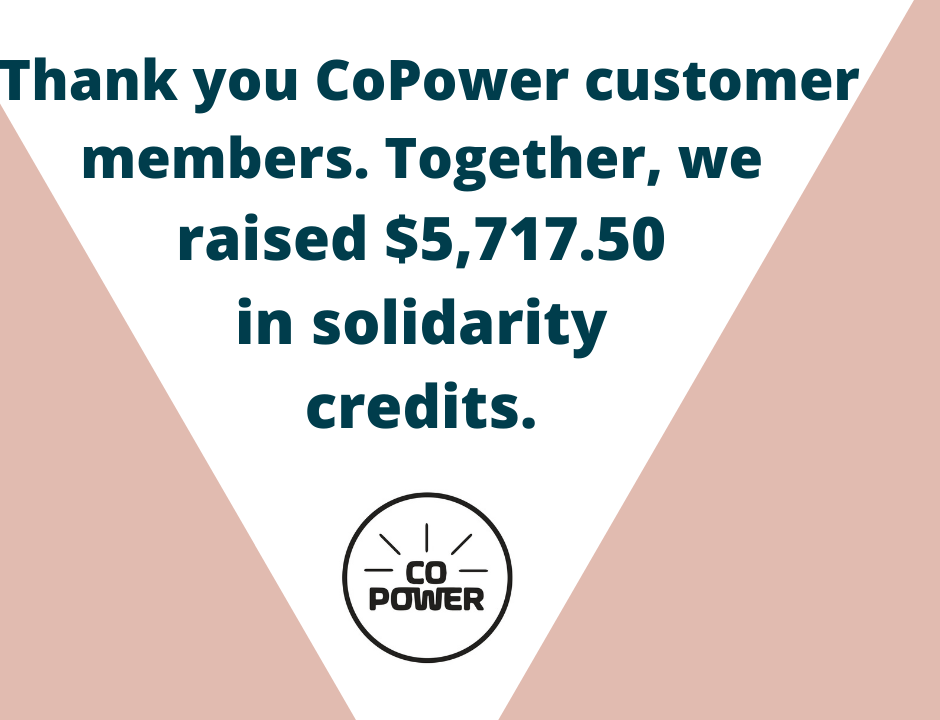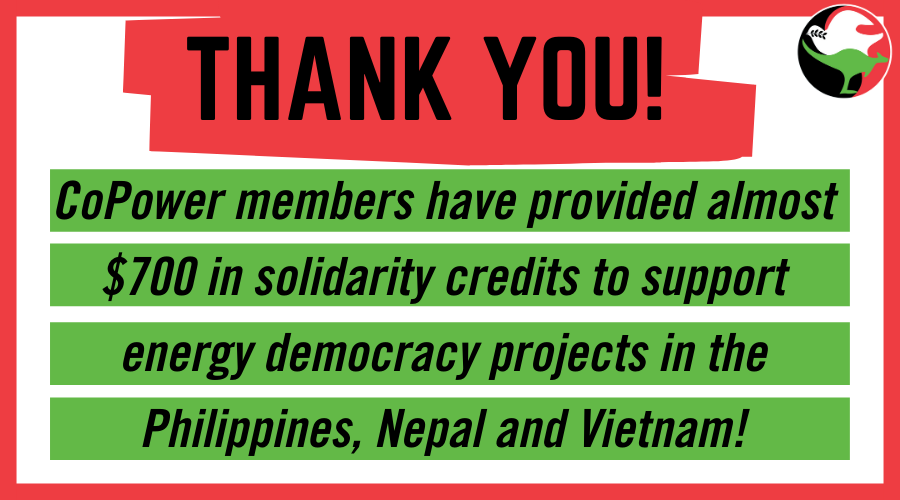
Participatory Budgeting: 1st Customer Member Forum Report
August 9, 2021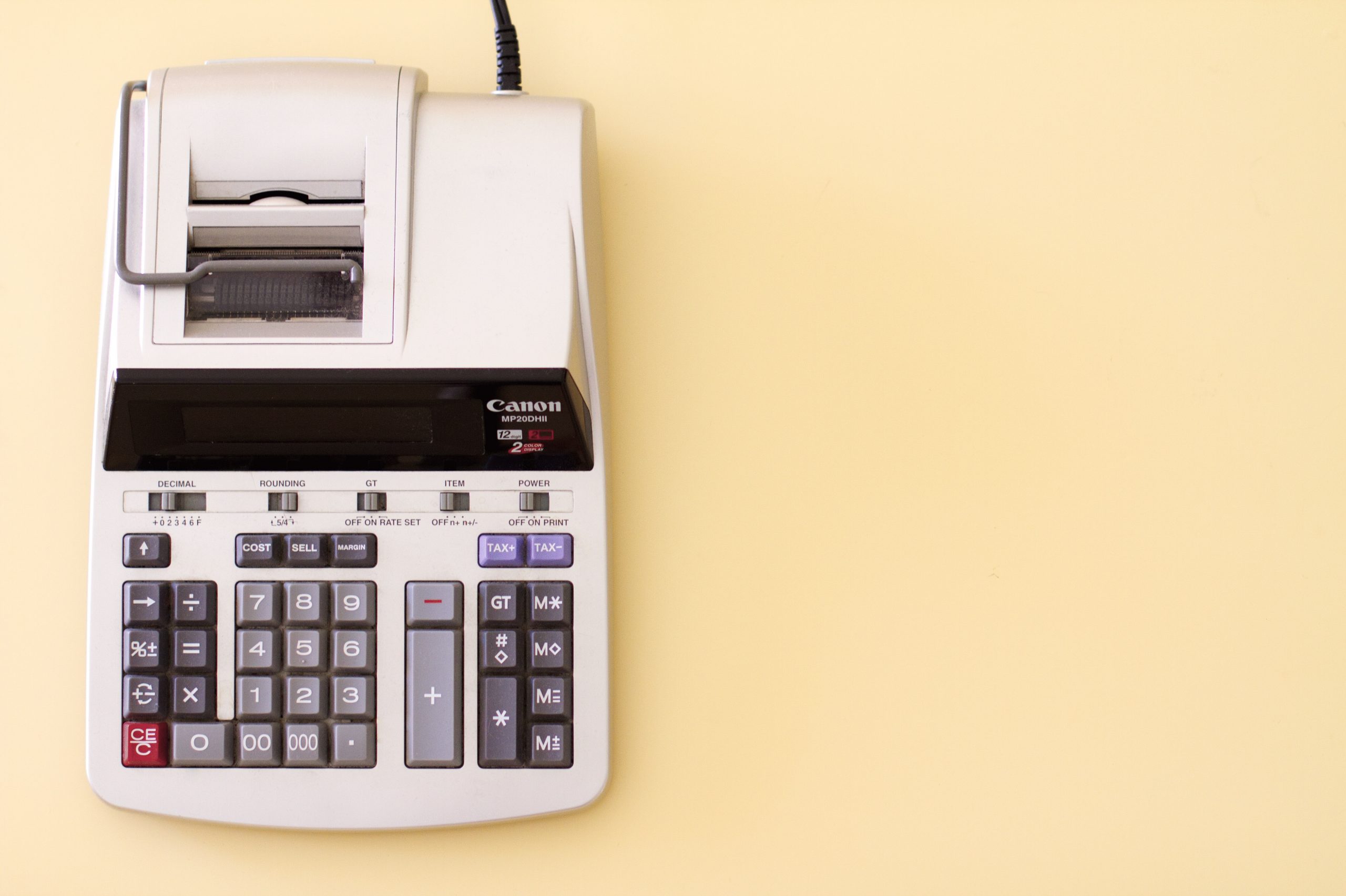
SpendTracker: tracking our democratic budget
December 15, 2021CoPower is in an exciting phase. Thanks to you and every CoPower member, CoPower has run its first Participatory Budget. And what a success story it is!
The Results
We ended up putting 50% of our electricity revenue to building up new energy infrastructure, and 50% of our revenue to social solidarity measures. You can find an in-depth summary of all the projects, including the successful ones here.
New Energy Infrastructure
Overall we had three successful pitches here:
- 30% of our electricity revenue is getting reinvested back into Cooperative Power
- 10% is invested into Solar PV projects
- 10% is to go back into additional GreenPower otherwise known as +100% GreenPower
Social Solidarity Measures
We also had three successful pitches that go to building social solidarity:
- 25% of our electricity revenue goes to subsidising the electricity bills of our customer members that are in income precarity.
- 15% of our revenue will go to a Strike Fund to support workers who are taking strike action or are locked out.
- 10% of our revenue will go to APHEDA – Union Aid Abroad’s assisting workers on the frontline of the climate crisis to organise to better look after each other.
here is no single model for a participatory budget because, as the name suggests, it’s a participatory process. Members design the model to suit the co-operative, its values, needs and interests.
How we got to the end result
There is no single model for a participatory budget because, as the name suggests, it’s a participatory process. Members design the model to suit the co-operative, its values, needs and interests. So how did we do it?
We held two customer member forums that allowed members to both have a chat and ask questions about the various project pitches we received from an open call out and to shape how we should run the voting process. The end result of these forums was that each customer member was invited to vote via Google Forms over a 14-day period from 13 to 27 September 2021.
The voting was done on a proportional basis with the following requirements:
- Each customer member was allocated 50 points (this is equivalent to the currently $50 each customer member pays CoPower in electricity revenue across a year);
- had the opportunity to allocate 0 to 50 points to any or all of the budgetary proposals, as long as each customer member’s total allocation does not exceed 50 points; and
- if a customer member’s allocation exceed 50 points, that person is contacted and invited to resubmit their allocation. If they do not resubmit or do not rectify the excess, then their allocation is rounded down to 50 points, with the viable Proposals supported on a proportional basis.
Proposals were ultimately supported on a proportional basis unless:
- any Proposal states a minimum level of support required to make it viable (Proposal Threshold). If the Proposal Threshold is not achieved that Proposal is unsupported; or
- a Proposal reaches its stated maximum level of Ask, in which case it is supported according to the terms of the Ask.
We determined further that we needed a minimum voting threshold of 10% of customer members to participate for the overall participatory budget vote to be valid. Luckily we ended up getting approximately one third participation. On that basis, the allocations of customer members who choose not to vote are allocated in accordance with the active votes of customer members.
To ensure every customer member had the opportunity to have a meaningful say, we also decided that if a customer member’s entire vote is taken up by Proposals that do not meet Proposal Thresholds that person is given an additional 48 hours to re-allocate their vote.
Finally, we knew that if CoPower continues to grow then the democratic mandate for the budgetary period would shift. So together, we decided that f CoPower’s electricity revenue exceeds $20,000 for the 2021/2022 voting period, then another customer member forum must be called to discuss and determine how to allocate the additional revenues.
It’s that easy! And best of all, participatory budgeting is open to change because the members in forum design the model.
Cooperative ways of working are not only efficient but effective. Everyone can have a say!
